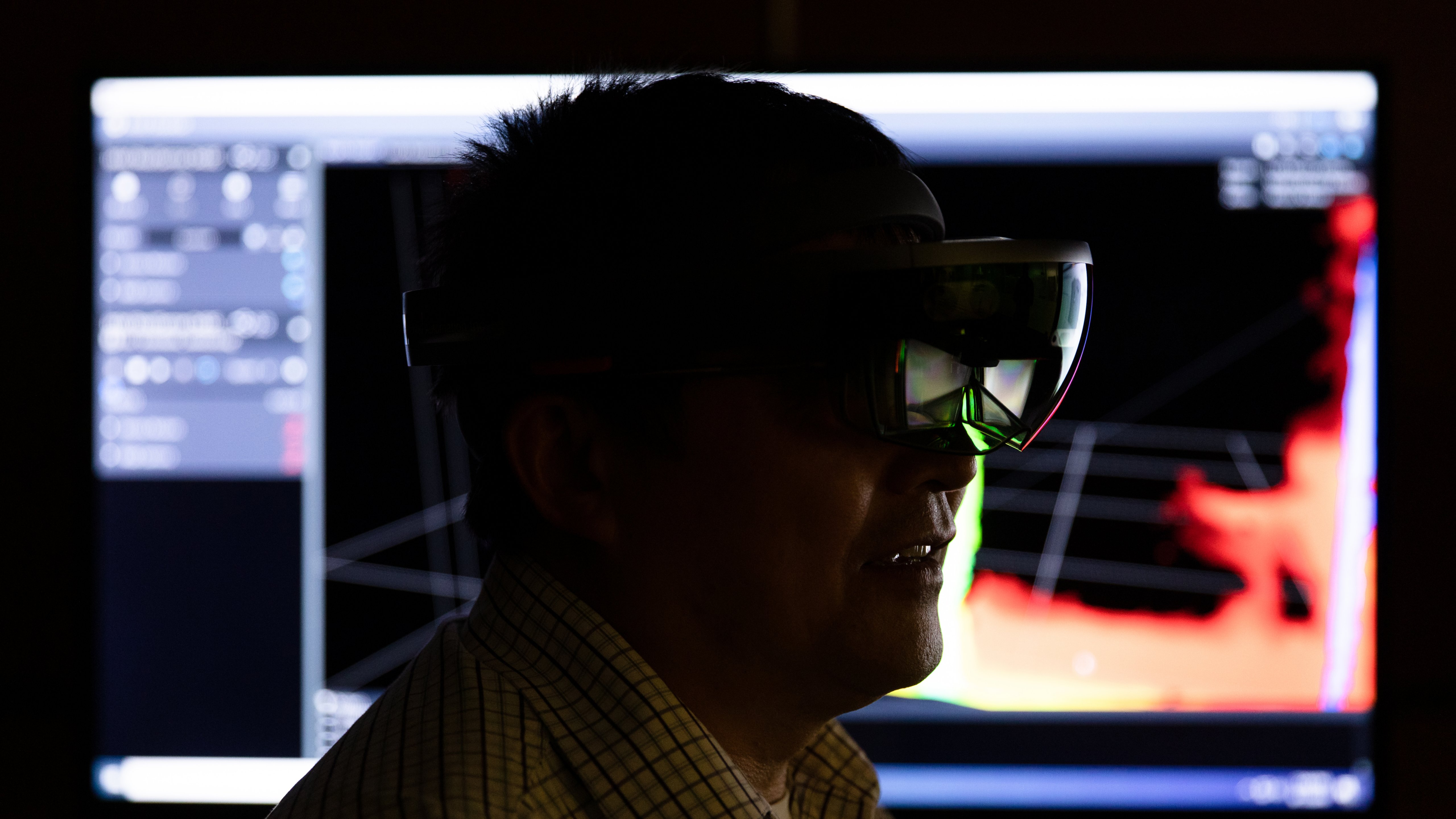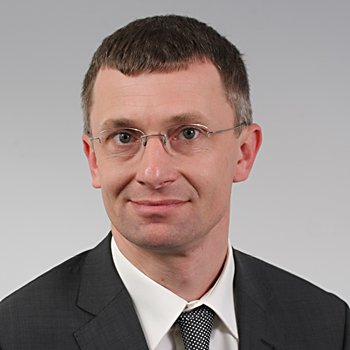Recommended For You
Digital 3D models can verify design functionality as well as help with operator training of new machines, devices or entire production complexes ahead of time. If these models are kept up-to-date, they can also be useful in real operation and for maintenance purposes. Alternatively, they can serve during further optimisation or subsequent modifications.
Modern production machinery and automated production lines or processes represent highly complex systems with complicated designs, realisations, and associated management and control. Even the initial designs of such systems are made significantly easier, thanks to digital models, which, depending on their level of detail, can simulate the physical arrangement of individual machines, and test their mutual interaction and control via all the input and output interfaces. A truly detailed model helps avoid many potential risks in designing new and innovating existing technologies. A suitably designed model can also assist in checking that the proposed technology meets the necessary regulations and directives regarding production safety.
How a Model is Created
Similar to architectural designs or interior designs, 3D modelling of production machinery uses pre-made models of machines, along with various libraries of additional elements. We know from daily practice that, today, many manufacturers take digital models for their products as a given. These individual components can, then, be arranged and mutually interconnected in exactly the same way in which they are intended to interact in the real world later on. Such a 3D model, thus, represents a digital twin of the real process and can be connected to, both, a simulated or a real control system. The model may even include control elements, such as fully functional operator panels.
Not all the components of the model have to necessarily be made with the same level of detail – it is important to focus on the most important and critical pieces of the production process, where problems could occur and which offer the most room for optimisation. If we are creating a new model and there is a need to integrate any existing technology (such as existing production machinery, lines or processes) for which we do not have a suitable model, there is a number of paths we can take. Aside from creating a complete digital twin, we can also choose to limit the model of the machine or device to a simple approximation by signalling the various states of the machine.
Production Simulation and Operator Training
Aside from the above-mentioned use of a dynamic 3D model for the purposes of system design, the model, provided it is faithful enough, can also be used to accelerate the necessary training for operators of new production machinery by allowing training to begin long before the technology is physically installed. In addition, digital models can not only simulate standard operations, but also induce various states and scenarios, such as malfunctions. Similar to pilots of transport aircrafts, the personnel operating the production line can, therefore, have many hours of practical training on a simulator behind their belt before they even begin using the real technology.
Digital Model and Real Operation
Digital models do not have to be rendered useless the moment the technology is put into operation either. The model can be used further for simulating various states, including e.g. shut downs and service maintenance, for providing continuous operator trainings and, above all, for subsequent optimisation of individual parts of the production process or additional modifications. In that case, keeping the model up-to-date so that it reflects the current, real state of the simulated process is a necessary prerequisite.
Digital models of production machinery are a matter of course today, for instance, in the automotive industry, where they are used for detailed modelling of individual processes on production lines. The goal is to gain a much greater degree of control over the production process, where every little bit of inefficiency or downtime results in major financial losses. Modelling and simulation also are useful in potentially dangerous production processes, where precise procedures and safety measures must be observed. However, even a model with a rudimentary level of detail can be useful. For instance, if a smaller enterprise is planning to expand its production, a basic model can very easily help determine the capacities and resources the company is going to need to make this plan a reality. It is, therefore, always necessary to consider the purpose of the 3D model ahead of time and to invest accordingly.
With growing availability of machine and device models from their manufacturers and lower prices for the necessary computing capacity to run these models, digital modelling will be utilised by an ever greater number of users because of the above benefits it brings.
Published February 12, 2020


